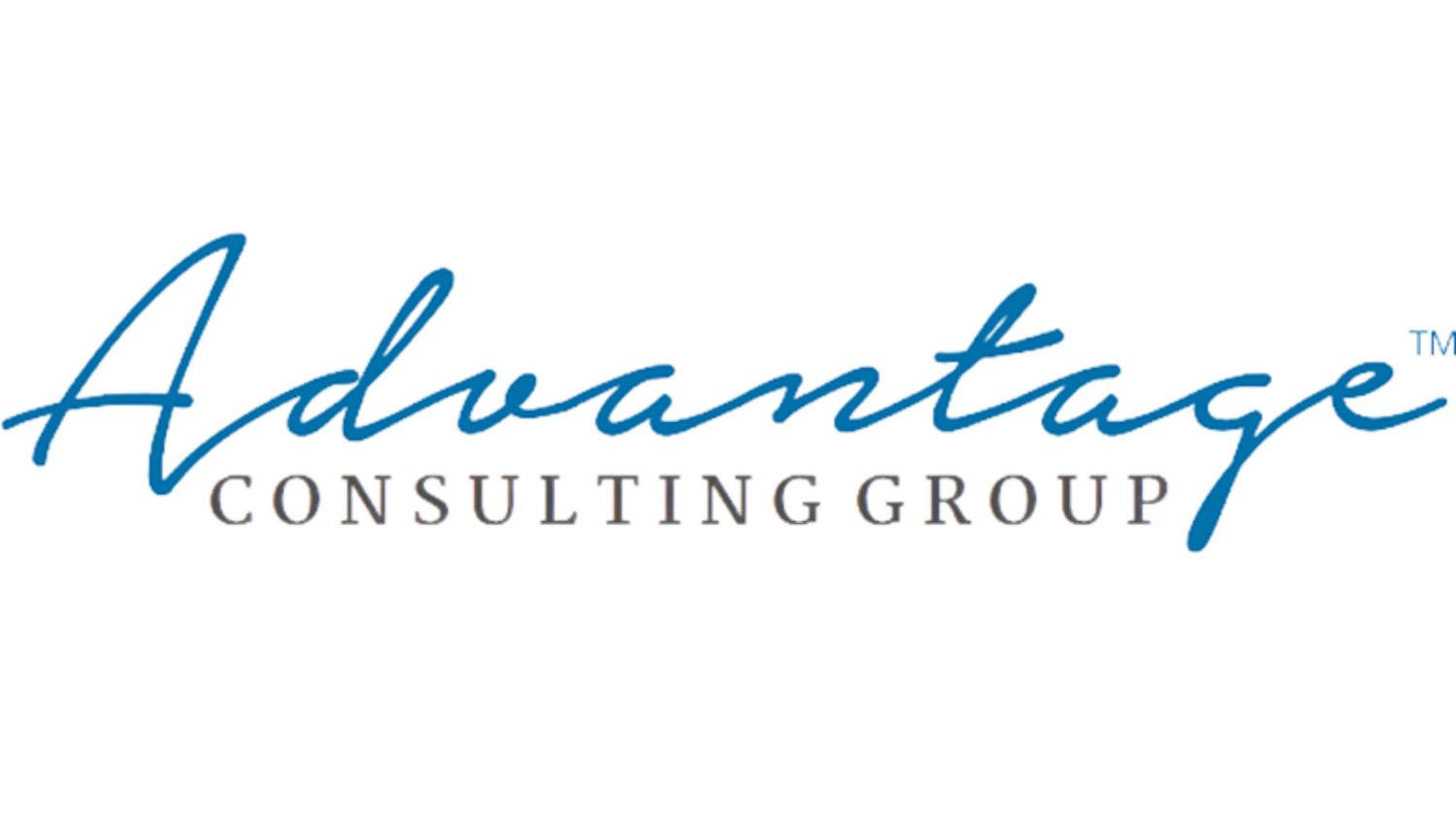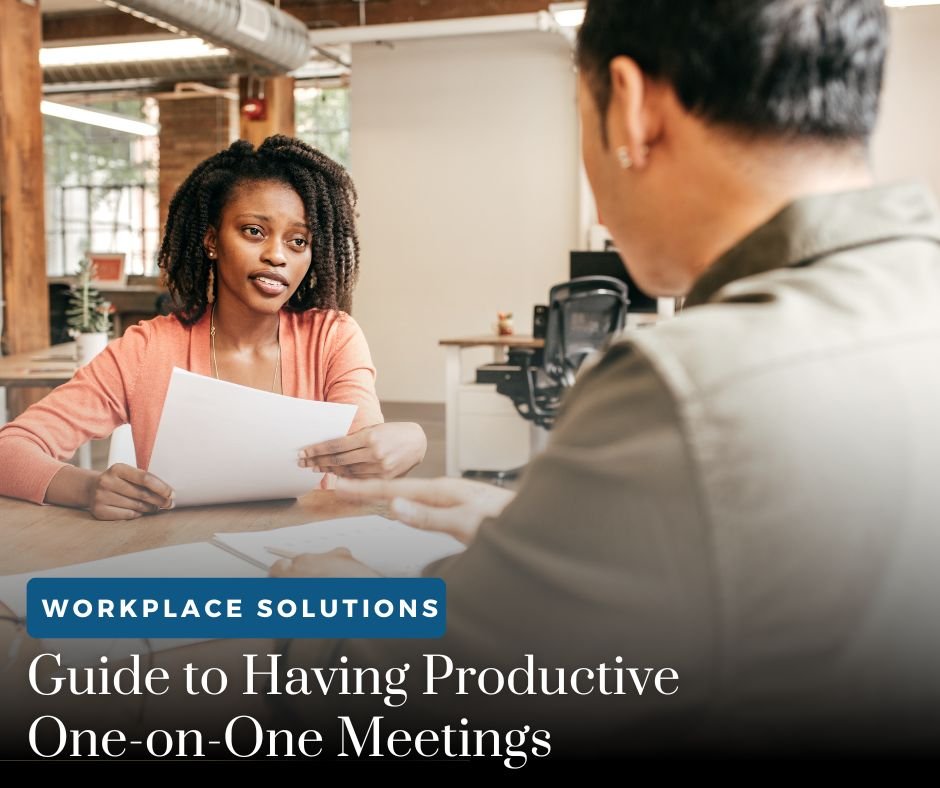If you’re like most business owners, you wear a lot of hats. You likely don’t have time to sit down with each employee for hours on end, so how do you make the most of one-on-one meetings?
One-on-one meetings are important opportunities for managers to give their direct reports individualized attention. These meetings can provide feedback, offer suggestions for improvement, and help employees achieve their best work.
When done right, these meetings can lead to improved communication, increased trust, and higher morale. They can also help prevent problems before they start and give employees a chance to raise concerns in a safe environment.
If you’re looking to get the most out of your one-on-one meetings, this guide is for you. Keep reading to learn everything you need to know about having productive one-on-one meetings with your team!
Why One-on-One Meetings Are Important
One-on-ones are regular meetings between managers and their team members. Sometimes, these meetings are between coaches, mentors, and peers, too. But beyond work duties, regular one-on-ones can help provide useful insight into the employee experience. One-on-one meetings can be used to get a pulse on your employees’ well-being and experience at the company. They’re also important to utilize for career and professional development opportunities.
Benefits of One-on-One Meetings
This is a great opportunity to improve communication between managers and employees. While sometimes it can feel time-consuming, the return on investment is huge. Both employees and managers benefit from one on one meetings. For managers, it can help develop coaching and leadership skills. One-on-one meetings are also perfect for your managers to develop their coaching skills. Coaching and development skills are something that is increasingly sought after. Through regular conversations, managers can develop trusting work relationships.
According to Gallup, employee engagement and regular one-on-one meetings are connected. Employees with regular 1-on-1s with their managers are 3x more likely to be engaged.
Now that you know the benefits of one-on-one meetings, let’s consider what you should discuss.
What to Discuss in One-on-One Meetings
Career Goals
Ask employees about their long-term goals. You can also use these meetings to suggest how they can achieve their goals.
Example: Which part of your job do you feel is the most relevant to your long-term goals?
Projects
This is a great opportunity to ask employees about their current projects. You can also use these meetings to offer suggestions for how they can improve their work.
Example: What are your biggest time wasters right now?
Feedback
These meetings are a great opportunity to give employees individualized feedback. You can also use these meetings to ask for employees’ suggestions for improvement.
Example: Do you feel supported in your career development?
Suggestions
These meetings are a great opportunity to ask employees for their suggestions. You can also use these meetings to offer suggestions for how they can improve their work.
Example: What are some skills you would like to develop?
Now that you know what to discuss in one-on-one meetings let’s take a look at how you can prepare for these meetings.
How to Prepare for Productive One-on-One Meetings
Set an Agenda
By setting a meeting agenda in advance, you can allow your employees to provide input. Make sure to review the agenda (and input from your employees) ahead of time to best prepare.
Do Your Homework
Come to the meeting prepared with questions and suggestions. Doing your homework will show your employee that you care about their career development.
Be Flexible
It’s also important to be flexible when preparing for a one-on-one meeting. This means that you should be prepared to discuss other topics your employee may want to discuss. 1-on-1 agendas should be collaborative. Managers should encourage direct reports to share what they would like to discuss.
Set a Time Limit
Setting a time limit when preparing for a one-on-one meeting is important. This will help you make sure that the meeting doesn’t go over its allotted time. Setting a time limit will also show your employee that you respect their time. Now that you know how to prepare for a productive one-on-one meeting let’s take a look at how you can conduct these meetings.
Conducting the Meeting – Dos and Don’ts
Do Start and End on Time
One of the most important things to do when conducting a one-on-one meeting is to start and end on time. This will show your employee that you respect their time. Have dedicated time to go through agenda items and key priorities.
Do Listen More Than You Talk
Listening is an important skill for managers to develop, even more so for effective 1-on-1s. Listen carefully to what is being shared, and the feedback received. Remember, you’re not just listening to be polite but rather to support your direct report in the best way possible.
Make sure to wrap up the talking points and, if relevant, set up an action plan to be carried out by the next meeting. Managers and direct reports should take meeting notes to keep track of topics. This is helpful when adding additional context on topics discussed for a future review.
We hope these one-on-one meeting tips help make quality one-on-ones much less of a mystery and more of a system you can duplicate each time. With a little planning, preparation, and light process, you can use one-on-one meetings to make any team great.
Looking for staff?
Learn more about the advantages of using Advantage Consulting today!

